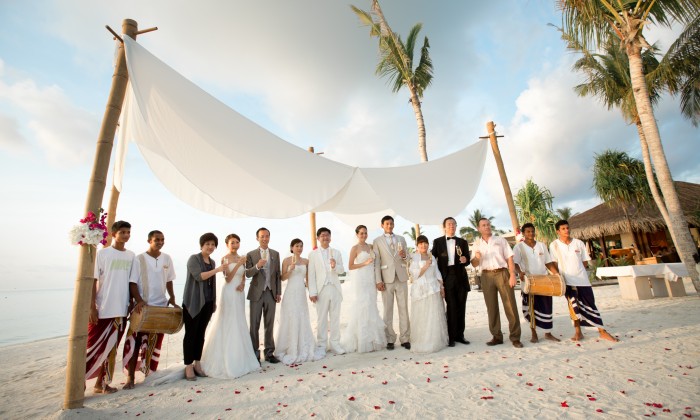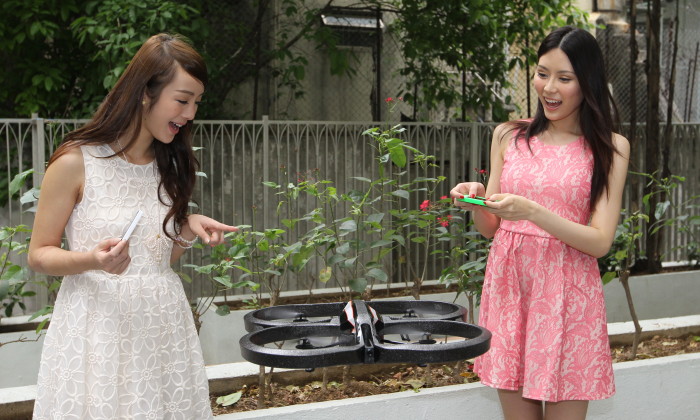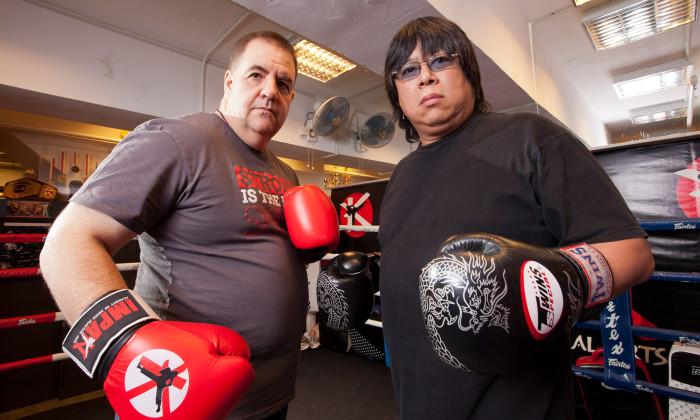



Creative campaigning in the PR world
share on
In the world of public relations, creativity is the key to securing clients and pushing out attention-grabbing stories.
But what are PR agents supposed to be creative about? The oldest argument in the book is whether there is a black and white division between public relations and marketing.
Lara Jefferies, director of Plug PR, says public relations in Hong Kong didn’t start off so black and white.
“A variety of agencies call themselves PR agencies, but some of them are event organisation companies, celebrity management and marketing agencies.”
She points out that marketing and PR agencies both aim to improve their clients’ profitability.
“PR and marketing in the creative sense are quite blurred. Because if you are doing a very business-focused PR strategy, in the similar way to a very business-focused marketing strategy, you are looking at improving the business’ bottom line,” says Jefferies, whose six-year-old boutique agency has 13 full-time staff and 17 clients, including Nespresso, UGG Australia and TREE.
For David Croasdale, managing director of Newell PR, which has more than 20 clients on retainer, the fundamental job of PR agencies is media relations.
“Our job is to get the story out into the media. To get the media, your pitches must have a news factor to them, something that’s trendy at the moment. Your staff must know what is news, either locally or broadly within the industry, which you can tap into. Ultimately, the media wants a story.”
As for Jefferies, although her agency focuses primarily on media relations, she says other services such as copywriting and organising events directly for the client’s customers also count as PR.
“In its simplest form, PR is looking after all customer-facing activities and how the brand presents itself to customers,” she says.
Jefferies draws the line between a creative campaign that hits the mark and a merely average one by whether or not she and her staff are personally excited by the campaign.
“If we are not exciting and engaging the media, they will say ‘forget it, that’s not exciting enough for us’. Everyone is now more savvy and has access to things they never had access to before. So all the time, we are upping the ante where we have to be super creative and very unique in everything that we do,” she says.
“In our promotions, we are always thinking, ‘are we super excited about this? Is this really the most exciting thing we have ever had?’ If it is, it’s good to go. If it’s something that makes us say, ‘yeah, it’s OK,’ our media and the client’s customers are going to have the same reaction.”
In contrast, Michelle Cheng, founding partner and managing director of Trimaran PR Asia, sees PR, marketing and advertising as increasingly integrated and closely connected entities.
“In particular, PR strategy needs to be developed to complement, and in the context of the overall marketing and advertising strategies of an integrated campaign, to ensure the choice of media, tone of voice and messages all appropriately reflect the brand image and target audience,” she says.
The prevalence of free online content, often accessed through mobile apps, also serves as a tool which PR agencies can use to push their creativity to the next level.
“Creativity means taking the courage to think out of the box without limits or boundaries imposed by practical concerns, restrictions or past experiences, and beyond the brief provided by a client,” Cheng says.
“One can now search for almost anything online. This increases our potential to engage in a variety of experiences, mix and match ideas and test out many more conceptual possibilities. In turn, this leads to more creative ideas generated in faster and more cost-effective ways.”
Another way Cheng encourages creativity in her team is by sharing personal and professional experiences in cross-departmental sessions.
“Sharing both successful and failed approaches allows us to think in much broader terms beyond one’s specific expertise and sector and come up with a unique solution combining different disciplines such as combining art with real estate or hospitality with jewellery.”
For example, Trimaran launched a campaign last year where customers of a local jewellery company competed to win a five-day trip at a hotel in the Maldives.
As for Croasdale, his team is composed of someone with bold ideas, tempered by other team members who champion more conservative and practical ideas.
“In a typical brainstorming session, that person comes up with an idea that is a little out there, throws it on the table and the others will say, ‘that won’t work’. He keeps putting ideas on the table and the team will like some of them. Someone else might come up with an idea that’s quite local and the two might be married together,” he says.
But there are caveats to being too creative, especially in requests for proposals (RFP) in the process of pitching to a client.
“For the RFP, clients will come to you and say, ‘Can you come up with three ideas for promoting our product?’ and you have to put those ideas down on paper,” Croasdale says.
“The danger for the PR agency is, say you come up with a good idea, what’s to stop them taking your idea and getting somebody else to do it?”
“That’s the big fear among all PR agencies. But you have to put your ideas out there to try and win the business. You’re caught in a tricky situation.”
Being general about your ideas lowers your chances of winning the client’s remit, and if the ideas are outlined too vaguely in a proposal, clients may ask PR agencies to elaborate.
“You can normally gauge how honest the client is. But for some of them, you can tell they are fishing for ideas,” Croasdale says.
He says another problem with proposing a brave new campaign is it could be very expensive to put into practice. If the client thinks the idea is not financially feasible, the agency may lose the bid anyway.
Coming up with creative campaigns may be more difficult for clients in the technology industry, which make up 30% of Newell’s clients.
Croasdale says for business-to-business technological products such as an algorithm predicting the peak days for a railway system, it’s harder to keep things interesting compared with more consumer-oriented IT products such as toy drones.
“There’s more creativity in the consumer sector because the products lend themselves more to that,” he says.
For example, in 2012, Newell got the world’s tallest man Sultan Kösen to pose next to two pairs of lion dancers at Golden Bauhinia Square. The brief was to produce a photo opportunity representative of Hong Kong, which also emphasised Kösen’s towering build.
Minnie King, director of boutique PR agency Jin Communications, says visuals are becoming more and more important for successfully pitching stories to journalists who receive hundreds of press releases every day.
“When we do pitching calls to the media, often the first thing journalists ask us for is photos,” she says.
“Usually, the journalist sees the photos in a press release even before they read the text. So developing images that have more impact is very important.”
For example, King’s staff dressed up two chefs in boxing gear for a weight loss competition promoting its restaurants’ lightweight summer menus last year.
Keeping campaigns – and the discussions that generate ideas for them – light-hearted seems to be the way to go.
share on
Free newsletter
Get the daily lowdown on Asia's top marketing stories.
We break down the big and messy topics of the day so you're updated on the most important developments in Asia's marketing development – for free.
subscribe now open in new window





